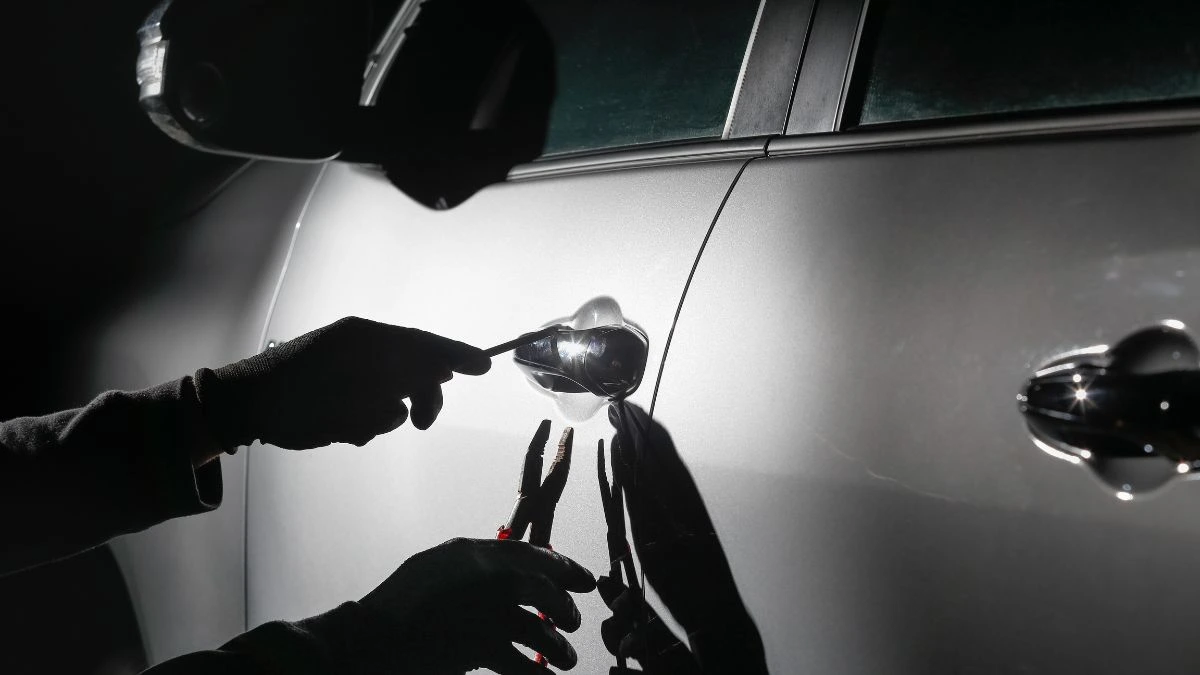
How to Spot a Stolen Car in Kenya Before Buying
Thinking of buying a used car in Kenya? Smart move — it’s cheaper, faster and more options. But here’s the thing: if you’re not careful that “great deal” could land you in big trouble.
Car theft and fraudulent sales are still big in Kenya, especially with the rise of online car listings and unregistered roadside sellers. You don’t want to spend your hard earned cash on a car that ends up being flagged as stolen.
So before you sign anything or send money, here’s exactly how to protect yourself and spot a stolen car in Kenya — before it’s too late.
1. Always Check the Logbook — The Real One!
First and most important thing? Ask for the original logbook. Not a photocopy. Not a WhatsApp image. The actual document.
Here’s what to look for:
- ✅ The chassis number and engine number match the ones on the car.
- ✅ The name on the logbook matches the seller’s ID or passport.
- ✅ Confirm ownership through the NTSA TIMS portal or by sending the registration number via SMS to 22846.
Pro tip: If the seller says, “The logbook was lost but I’ll get a duplicate,” or shows a freshly issued logbook, be cautious. Scammers use fake or duplicated documents to sell stolen vehicles.
2. Don’t Fall for “Too Good to Be True” Deals
If a car’s price feels way too low compared to similar models on the market, stop.
Criminals know how to bait buyers. They throw out tempting deals and create urgency so you don’t ask too many questions.
Watch out for lines like:
- “I’m relocating abroad, need to sell fast.”
- “You’ll get the logbook after payment.”
- “The price is low because I just need quick cash.”
If you hear this, pause. Verify everything first. A “rush sale” is a red flag.
3. Use the NTSA TIMS Portal Like a Pro
NTSA’s Transport Integrated Management System (TIMS) is your best friend when buying a used car.
Go to https://tims.ntsa.go.ke and sign in with your ID and KRA PIN.
What you can do:* Search the vehicle by its registration number.
- Check the official ownership history.
- Confirm make, color, chassis, engine number and if there are any disputes or pending transfers.
This step alone can save you from being scammed — if the car has a disputed transfer, mismatched specs, or no traceable owner, run!
4. Physically Inspect the Car’s Chassis & Engine Numbers
Don’t just take the seller’s word for it — get hands-on.
Take a flashlight and look closely at the chassis number and engine number on the car. They should be clean, clearly stamped and match what’s in the logbook and TIMS.
Be wary of:
- Scratches or fresh welding near the number
- Repainted areas that hide engraved digits
- Misaligned plates or tampered VIN tags
Not confident? Bring a trusted mechanic or vehicle inspection expert to help you verify it. Services like AA Kenya or independent inspection garages can give you peace of mind.
5. Get a Proper Sale Agreement — Not Just a Handshake
Once you’re sure the car is legit, document the transaction clearly.
Your car sale agreement should have:
- Full names and ID/passport numbers of buyer and seller
- Vehicle details: make, model, registration, chassis, and engine numbers
- Agreed purchase amount and method of payment
- Signatures of both parties and at least one witness
This will protect you in case of ownership disputes later.
Bonus Tip: Cross-Check with DCI or NTSA for Peace of Mind
Still unsure about the car’s history? You can go the extra mile by:
- Visiting a nearby DCI office (Directorate of Criminal Investigations)
- Asking NTSA for manual records or confirming flagged/stolen status
They can help you cross-reference the car’s registration with national theft databases.
Final Word: Don’t Rush — Verify Everything
It’s easy to get caught up in the excitement of buying a new car. But in Kenya, buying a used car without verifying it first is risky — and sometimes criminal.
Here’s a quick checklist to protect yourself:
✅ View the original logbook
✅ Confirm seller’s ID matches the logbook
✅ Use NTSA TIMS to verify ownership and car details
✅ Inspect the chassis/engine numbers physically
✅ Write and sign a sale agreement
✅ Never rush into a suspicious deal
Let’s Wrap It Up
In 2025, buying a used car in Kenya is much easier thanks to online platforms and NTSA’s digital tools — but that doesn’t mean scams are gone. Be smart, ask the right questions, and always verify before you buy.
If a deal feels fishy, trust your gut. You’re better off walking away than ending up with a stolen or disputed vehicle.